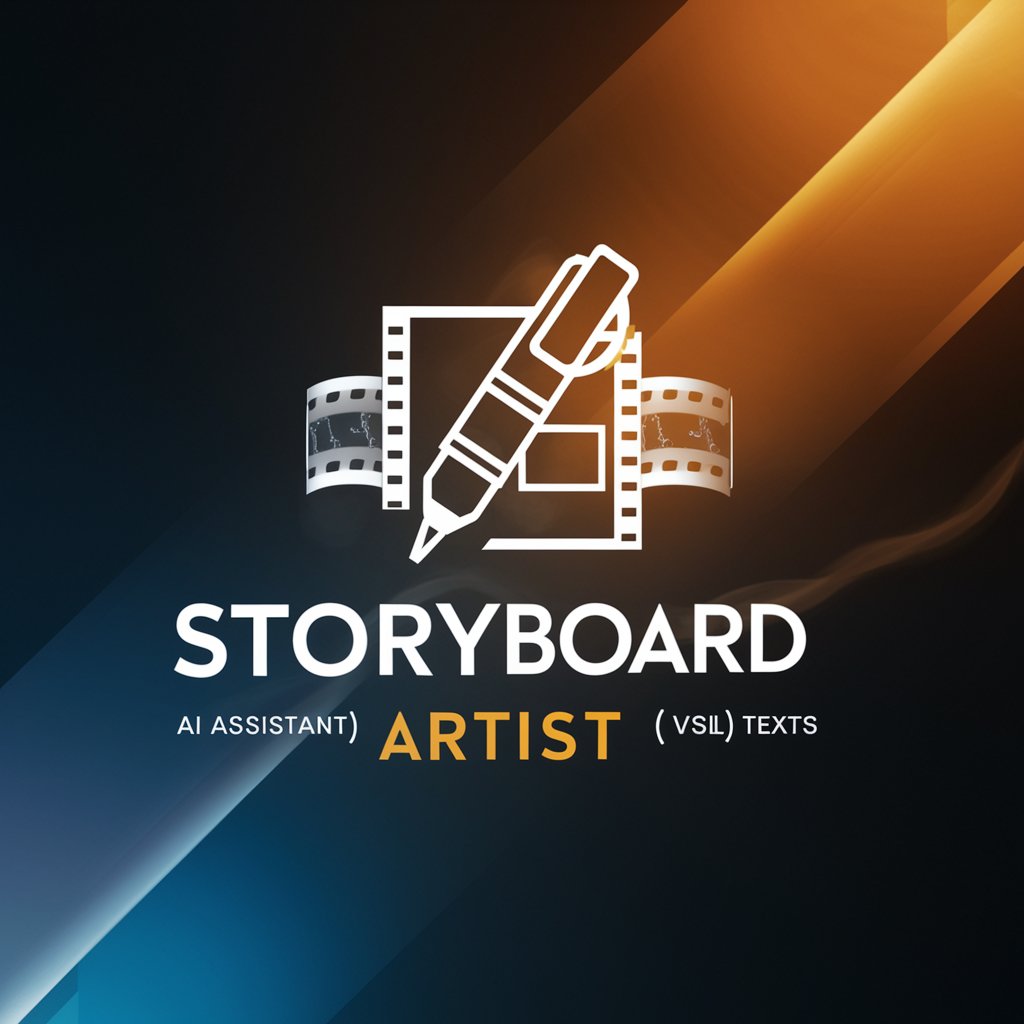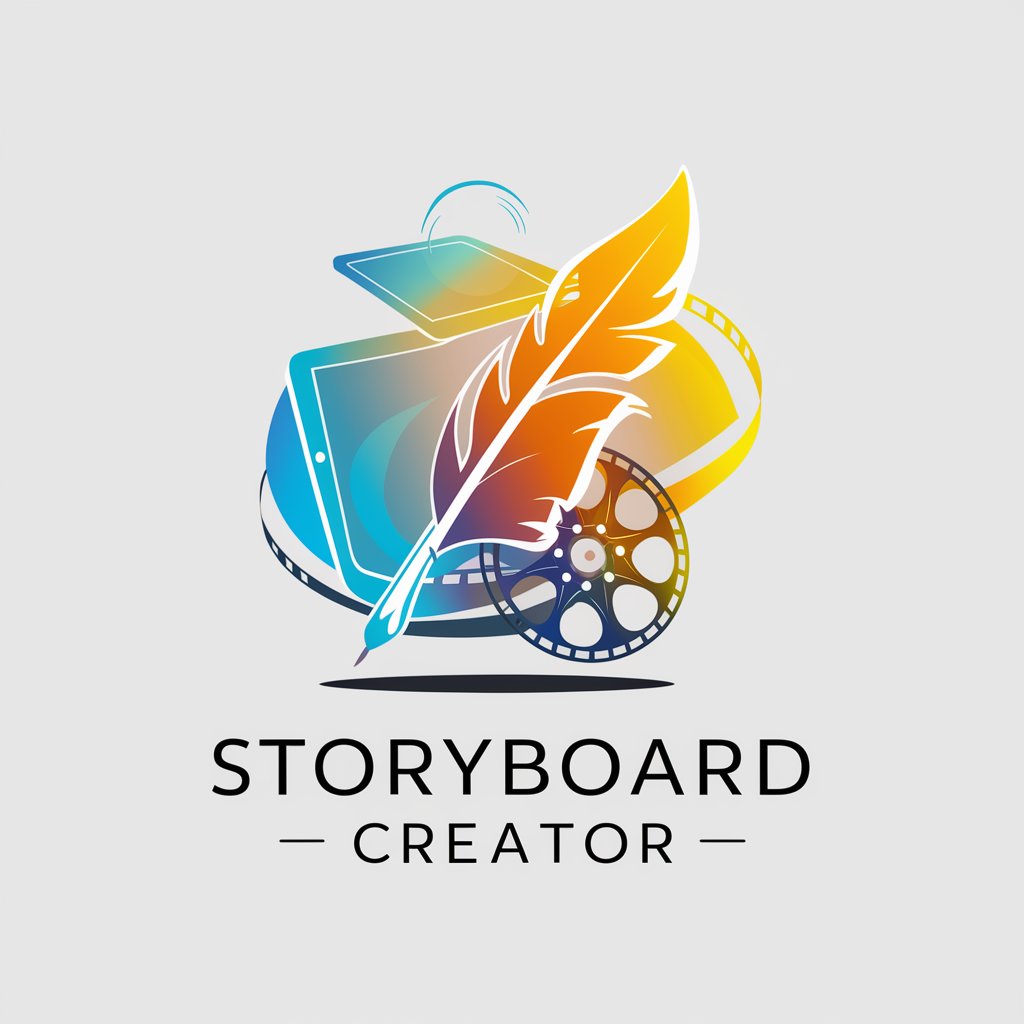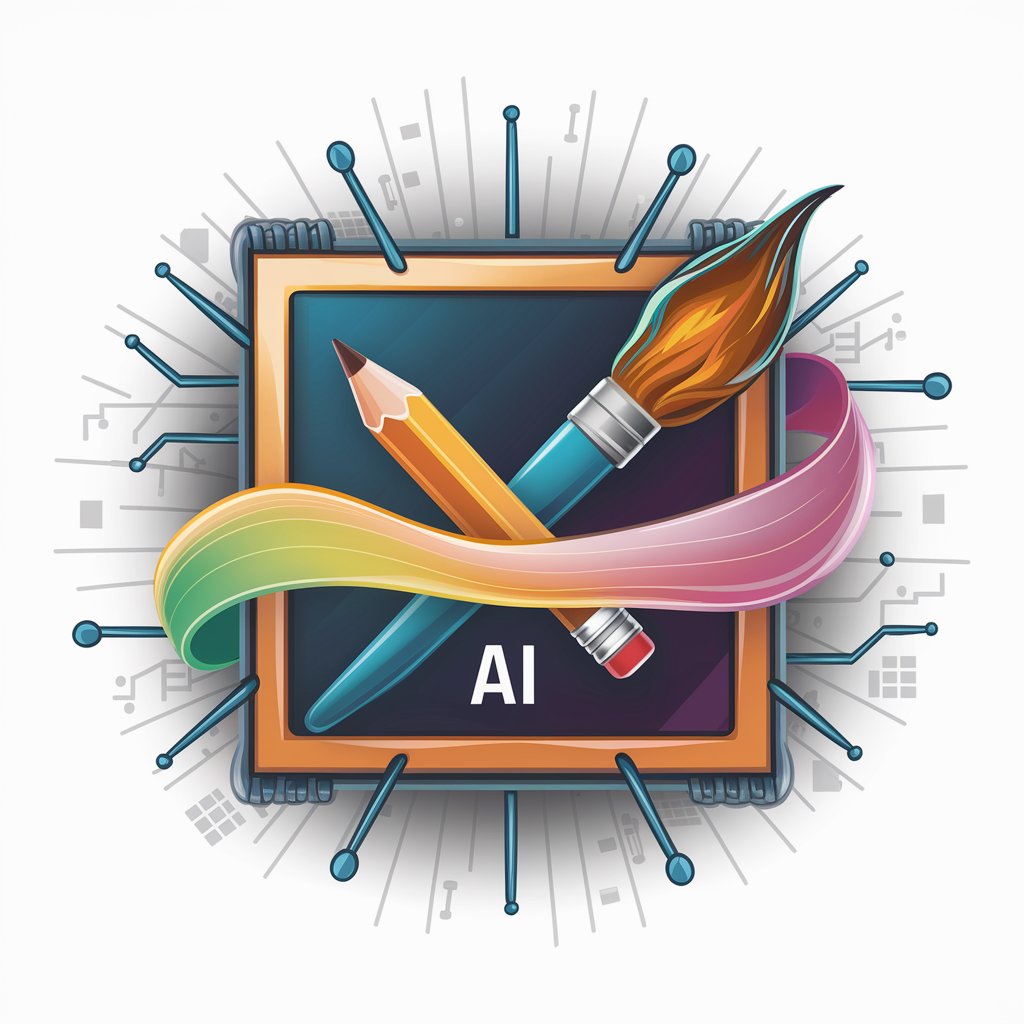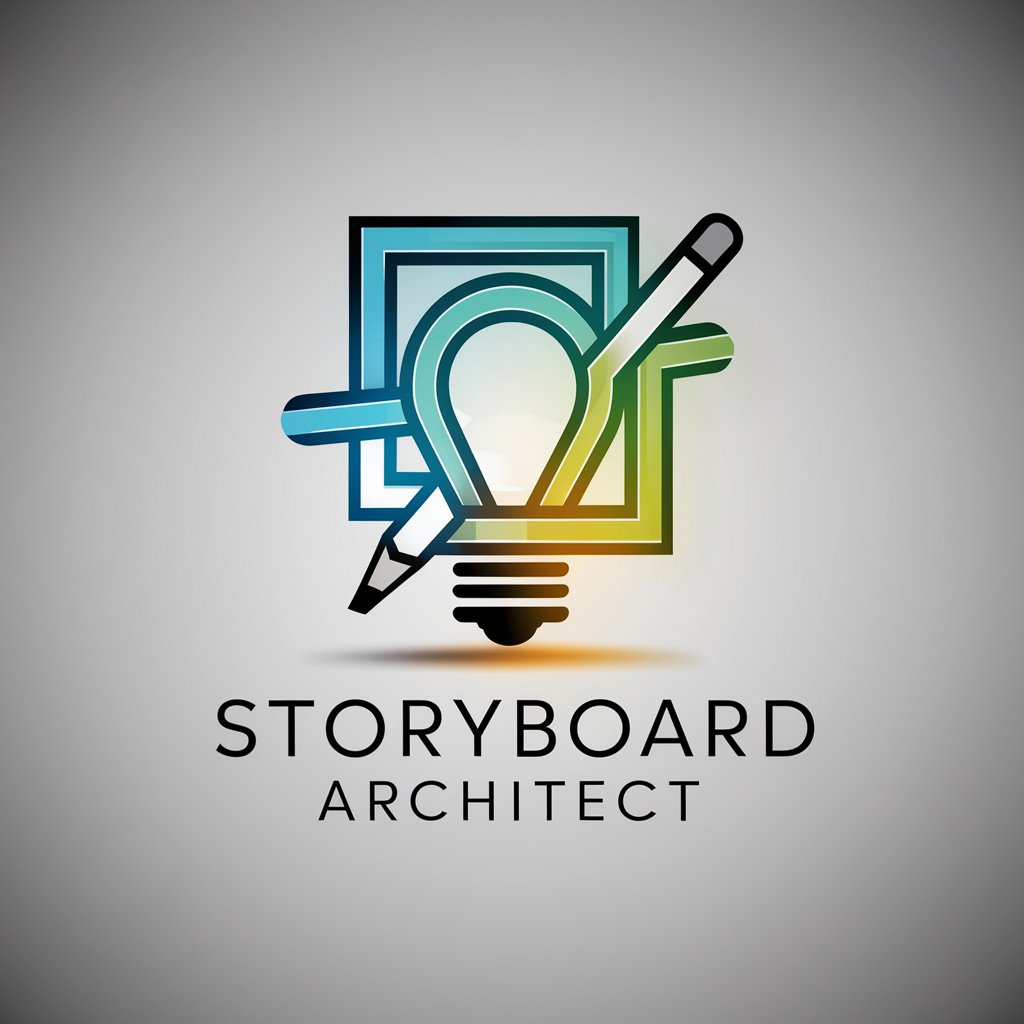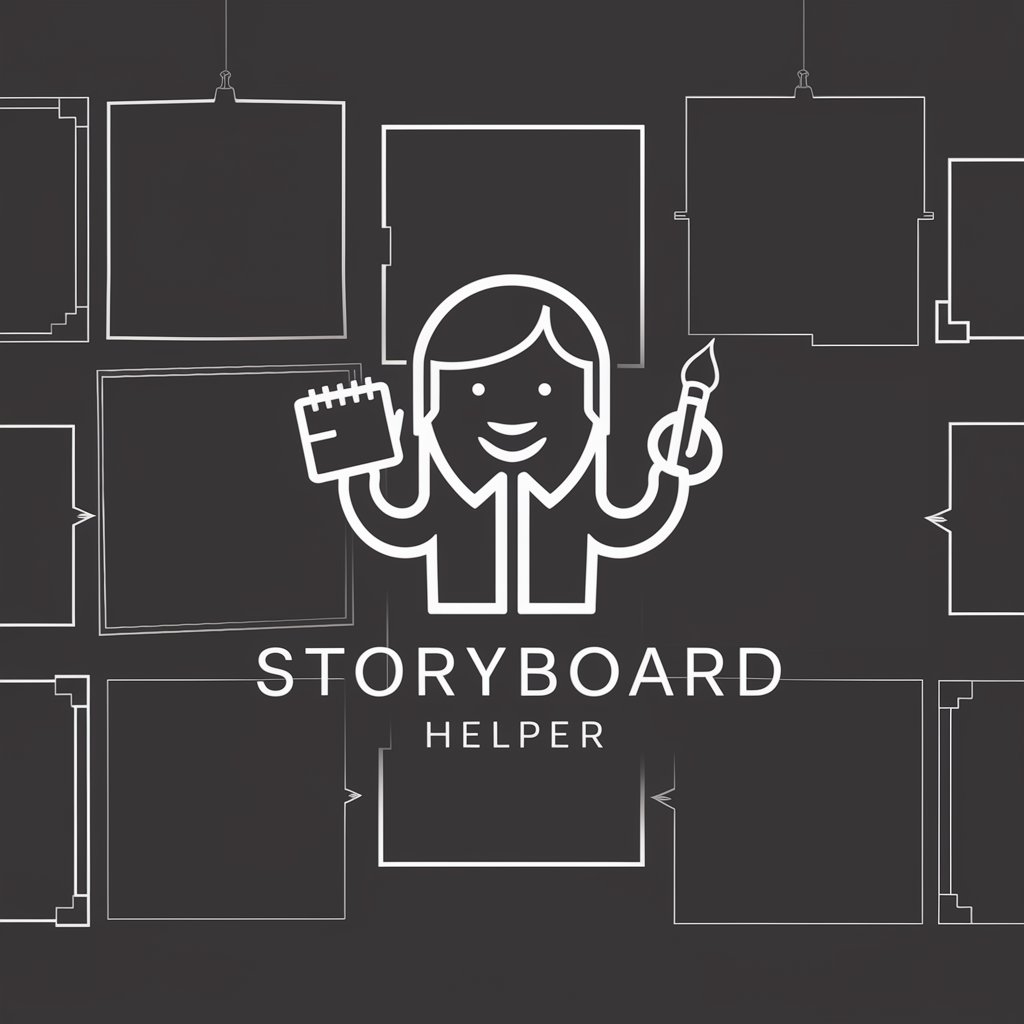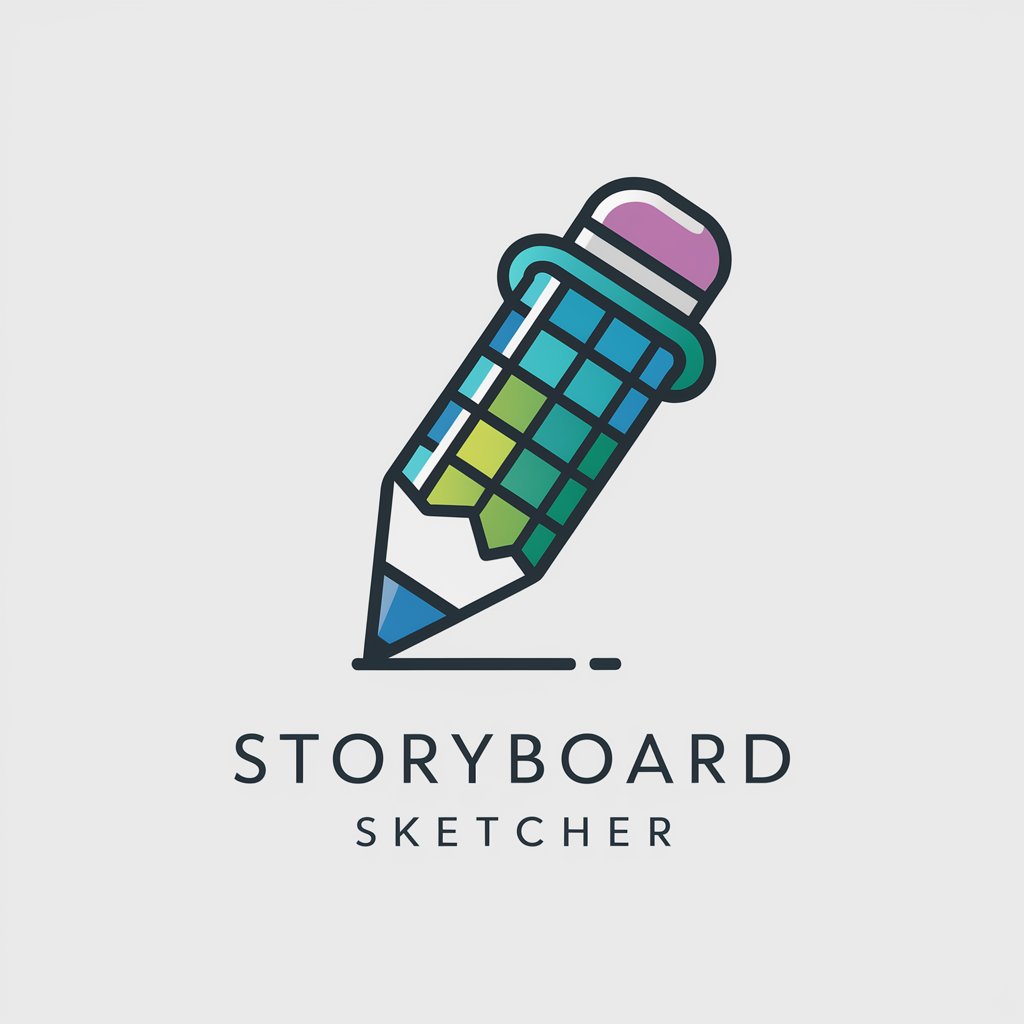
Storyboard Architect - AI Storyboard Creation

Welcome to Storyboard Architect, where your visions come to life.
Bringing Stories to Life with AI
In a futuristic city where AI and humans collaborate to create art,
Imagine a world where storyboards come to life through the power of AI,
On a mission to design the perfect visual narrative,
In a realm where creativity and technology merge seamlessly,
Get Embed Code
Introduction to Storyboard Architect
Storyboard Architect is designed to facilitate the creation of visual storyboards by integrating textual narrative with generated images. Its core functionality revolves around interpreting text-based scene descriptions and transforming these into detailed visual representations using DALL-E 3 technology. This process is iterative, starting with an outline that is refined through user feedback, before proceeding to the detailed generation of scenes. Each scene text is converted into a series of three images that visually interpret the scene's elements, providing a comprehensive visual narrative. This tool is especially useful in environments where visual storytelling is essential, such as in film production, animation, and digital content creation. For example, a filmmaker can input a screenplay excerpt and receive a series of visual panels that illustrate key scenes, aiding in pre-visualization and pitch presentations. Powered by ChatGPT-4o。

Main Functions of Storyboard Architect
Storyboard Generation
Example
A screenplay writer inputs a scene description involving a dramatic confrontation in a rainy cityscape at night. The tool generates three images depicting the setting, the characters in mid-conversation, and a climactic moment, providing a visual reference for each part of the scene.
Scenario
Useful in pre-production for films and videos, allowing directors and cinematographers to visualize and plan shots and scenes before actual filming.
Iterative Refinement
Example
An author working on a graphic novel submits initial scene ideas that are visually rendered. Feedback on these visuals leads to textual revisions and subsequent new visuals that better align with the evolving narrative.
Scenario
Helpful for authors and illustrators to collaboratively refine the visual and textual elements of their work, ensuring both align perfectly in the final product.
Pitch Presentation Creation
Example
A game developer uses the tool to create detailed scene boards that illustrate key moments and environments in their game, enhancing their pitch to potential publishers or investors with clear, engaging visuals.
Scenario
Ideal for use in business settings where clear, compelling visual aids can significantly impact the outcome of pitch presentations and funding meetings.
Ideal Users of Storyboard Architect
Film and Video Producers
Producers and directors who need to visualize scenes before filming can use Storyboard Architect to create detailed pre-visualization materials that aid in setting scenes, planning camera angles, and conveying the vision to the crew and cast.
Writers and Illustrators
Writers who are collaborating with artists on graphic novels or comics will find this tool invaluable for experimenting with different visual narratives that complement their written word, enhancing their collaborative process and final output.
Game Developers
Game developers looking to visually prototype game scenes and environments can leverage Storyboard Architect to present ideas visually, ensuring concepts are clearly communicated and visually appealing to stakeholders and potential investors.

How to Use Storyboard Architect
Step 1
Access the tool via yeschat.ai to start using Storyboard Architect without the need for a login or subscription to ChatGPT Plus.
Step 2
Select 'Create New Project' to begin a storyboard. You will be prompted to input a narrative or script as the foundation for your storyboard.
Step 3
Utilize the AI to generate an initial storyboard outline. Review and make necessary edits to align with your creative vision or project requirements.
Step 4
Submit finalized scene texts one at a time for image generation. The AI will produce multiple images per scene to visually represent your script.
Step 5
Review and arrange the generated images along with the text to finalize the storyboard. Use tools provided for editing and rearranging scenes for optimal narrative flow.
Try other advanced and practical GPTs
Adventures with Kai the Cuttle Fish
Bringing stories to life with AI.

Stick Figure 3
Craft stories, power creativity.
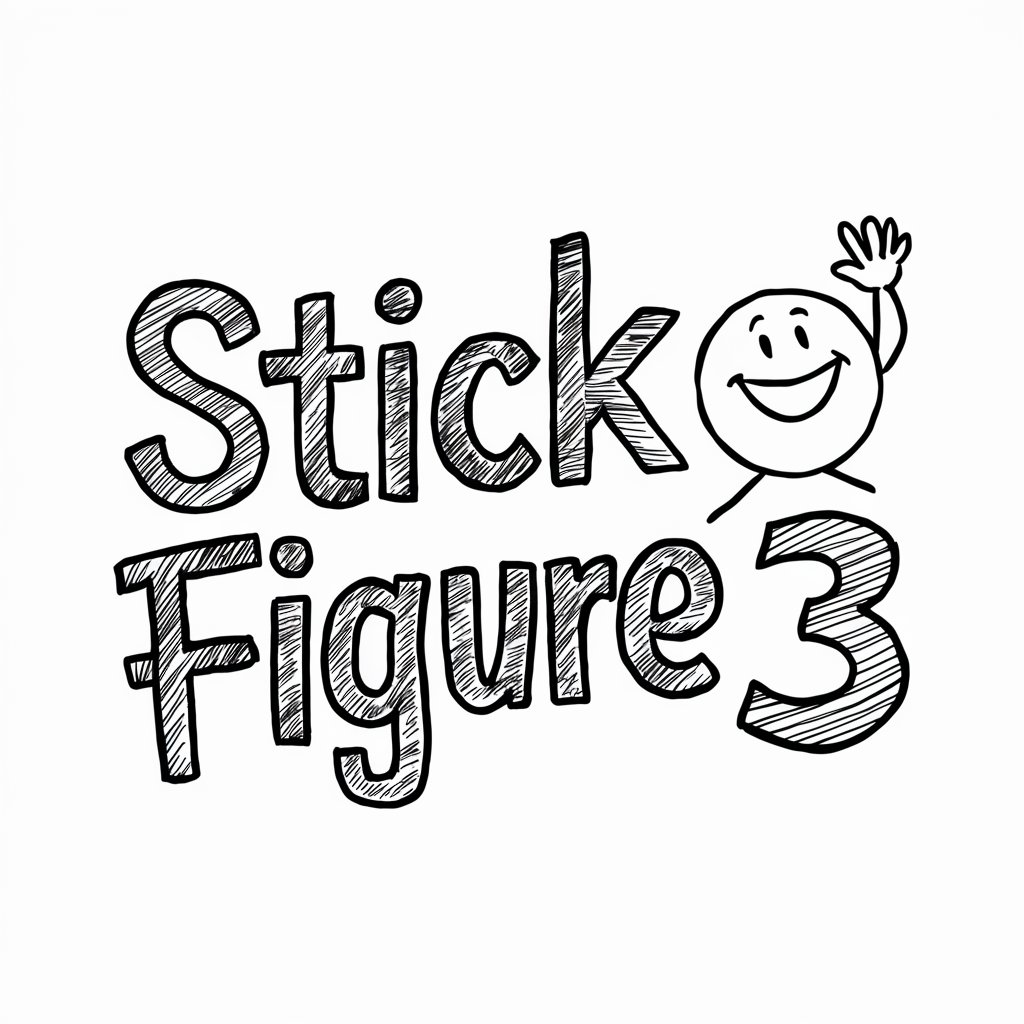
QMS-GPT
Empowering Quality Management with AI

NeuroPhilosophy Instructor
Explore Neuroscience, AI-Powered Learning
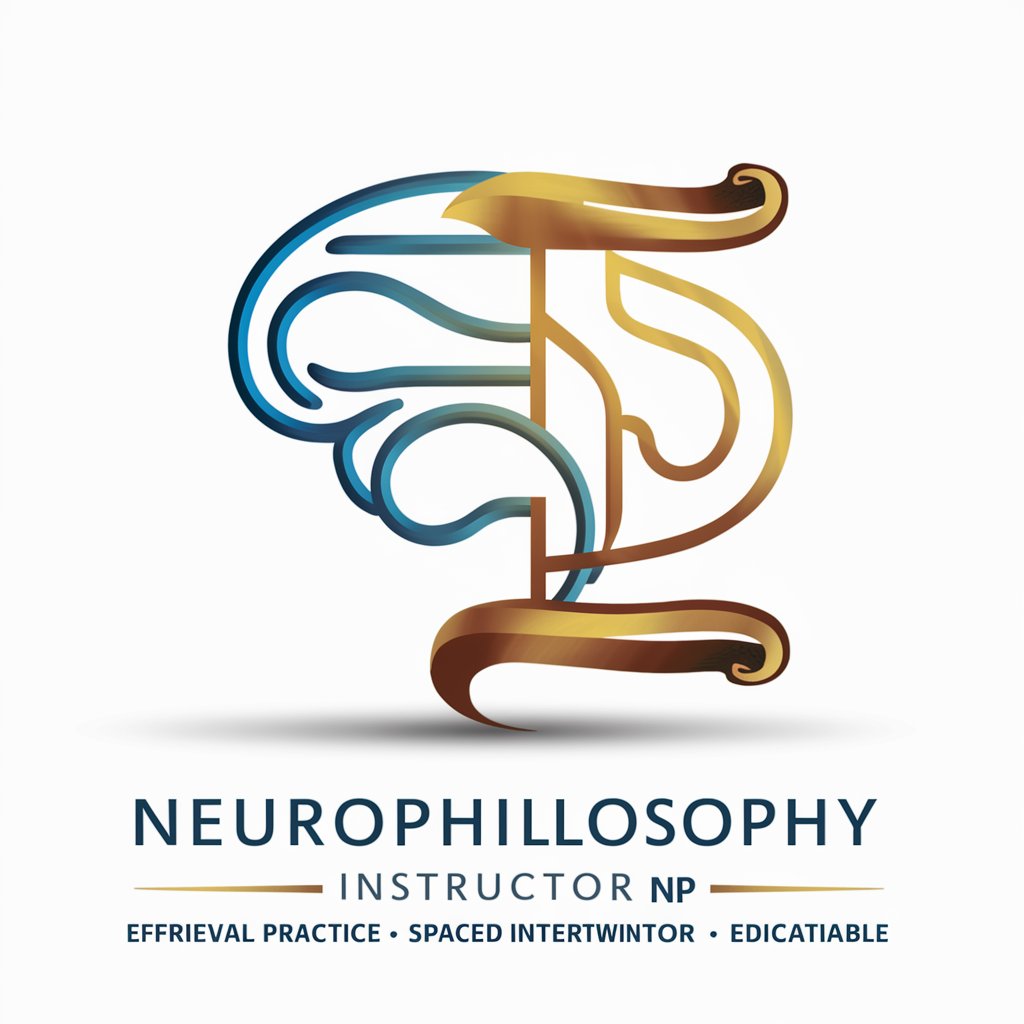
Trip to Seoul Korea
Explore Seoul with AI-powered Insights

Eatery Hunter
Discover Dining with AI Insight

CS2 Mod Master
Enhance Your Modding Experience with AI.
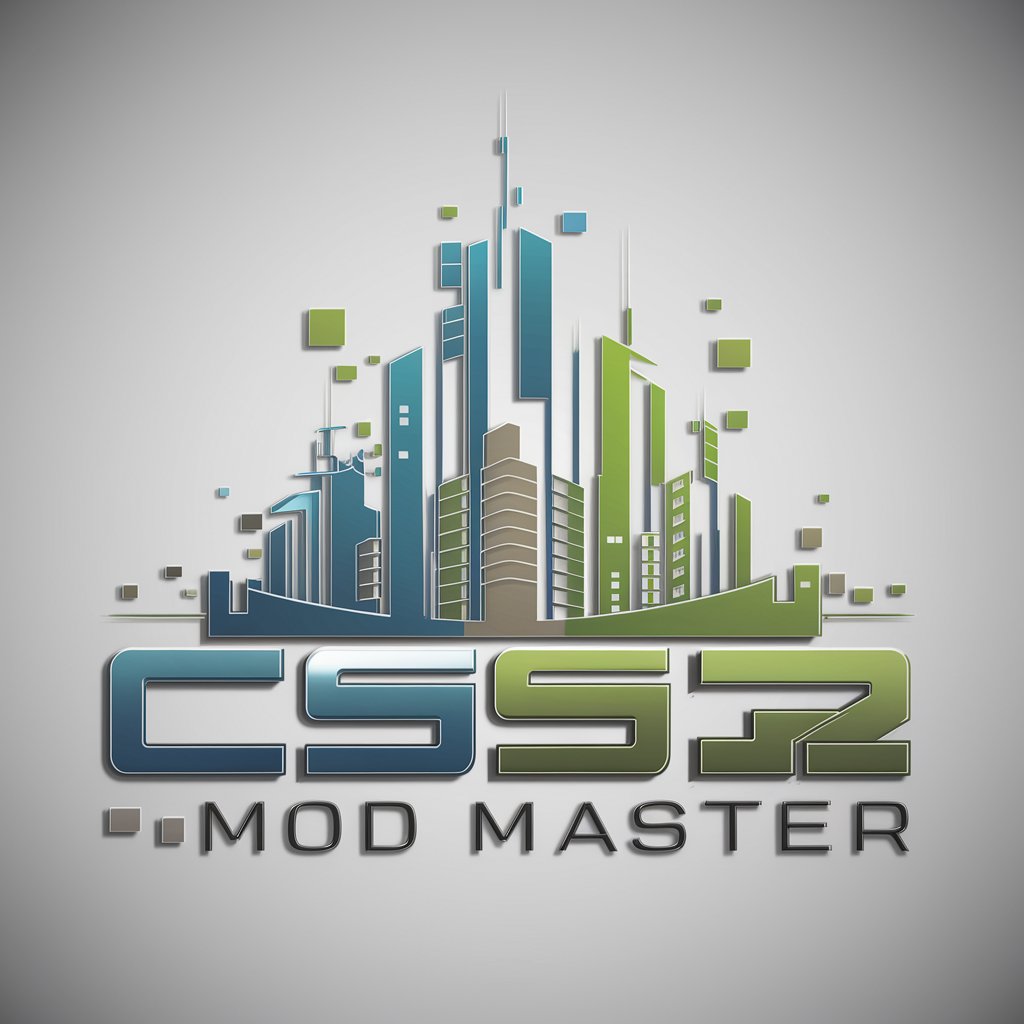
CocktailCraft
AI-powered mixology at your fingertips

Marketing Mentor
AI-Driven Marketing Insights

Architect's Financial Guide
Empowering Architects Financially
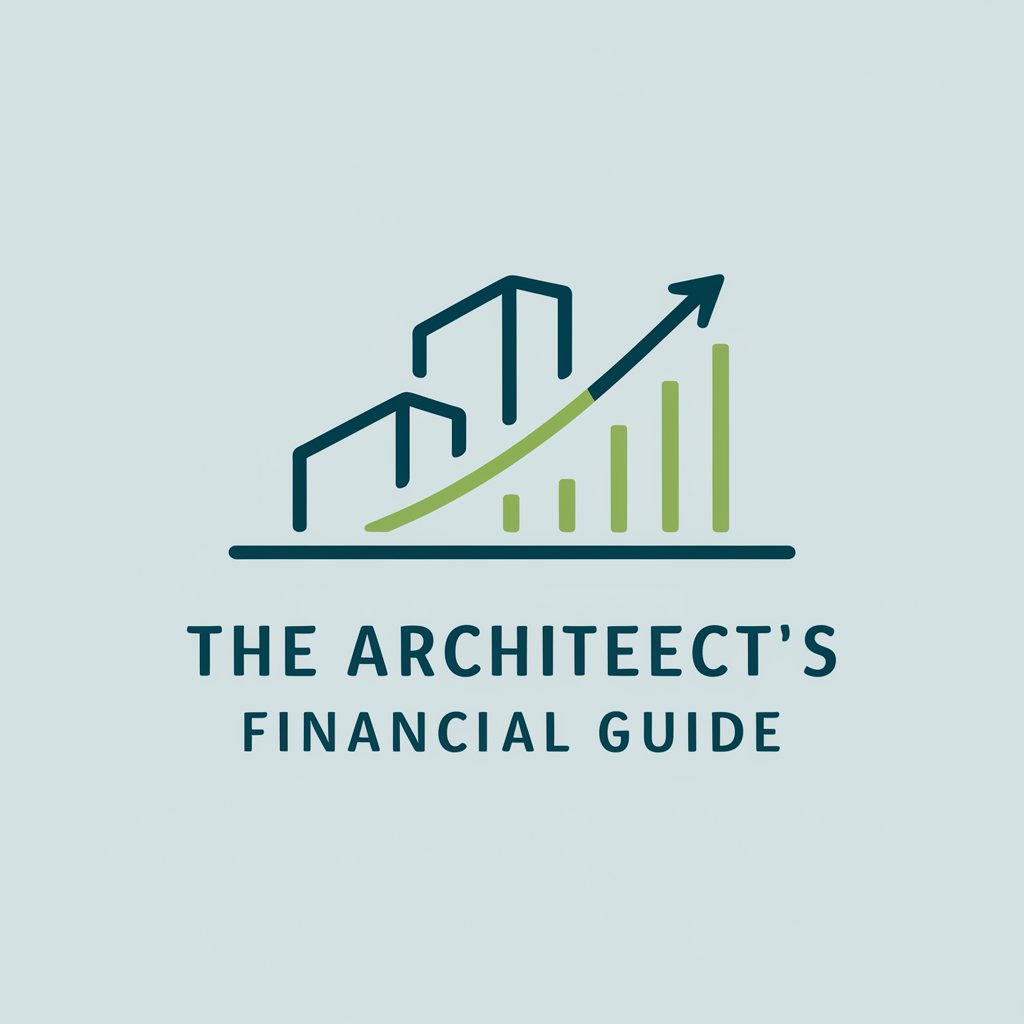
Pixel Perfect Text
Bringing Precision to Image Text
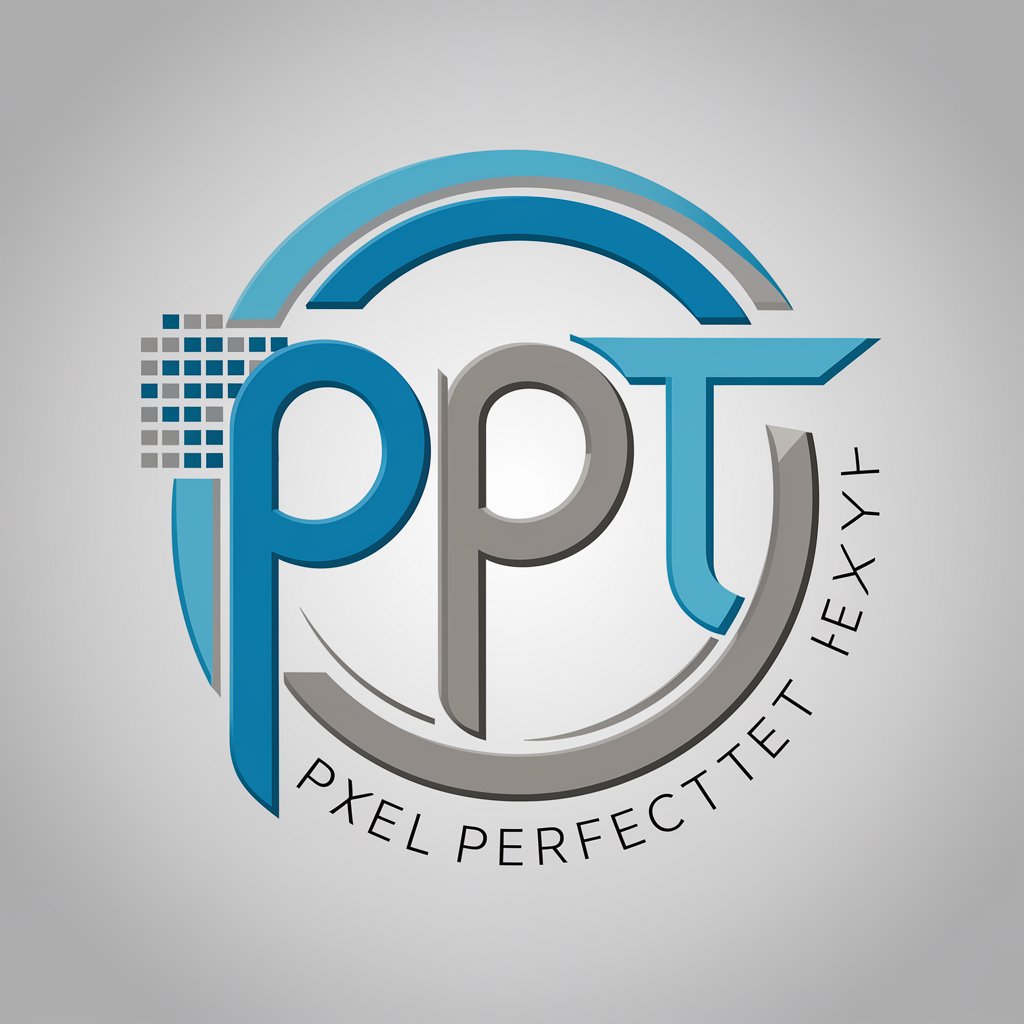
Design Mentor
Elevate design with AI insights

Frequently Asked Questions about Storyboard Architect
What is Storyboard Architect?
Storyboard Architect is an AI-powered tool designed to help users create detailed visual storyboards. By providing a narrative or script, the tool generates a storyboard outline and corresponding images to visually depict each scene.
Who can benefit from using Storyboard Architect?
This tool is ideal for filmmakers, writers, educators, and marketers who need to visualize scripts, stories, or presentations in a structured and engaging storyboard format.
Can I customize the images generated by Storyboard Architect?
Yes, users can provide specific guidelines or themes for the AI to follow when generating images, ensuring that the visual content closely aligns with the narrative style or artistic direction of the project.
Is there a limit to the number of scenes I can create?
Storyboard Architect allows users to create multiple scenes within a project. However, the total number of scenes and images may vary based on the subscription plan if applicable.
How does Storyboard Architect ensure the quality of generated storyboards?
The tool uses advanced AI algorithms trained on a vast array of data and artistic styles to generate high-quality images and coherent story outlines, which users can review and edit as needed.
